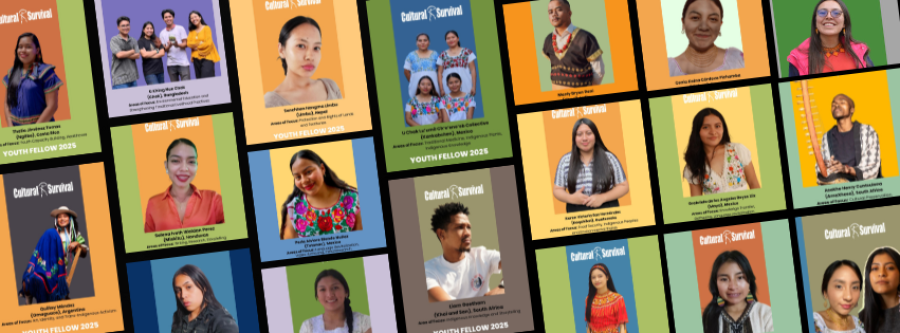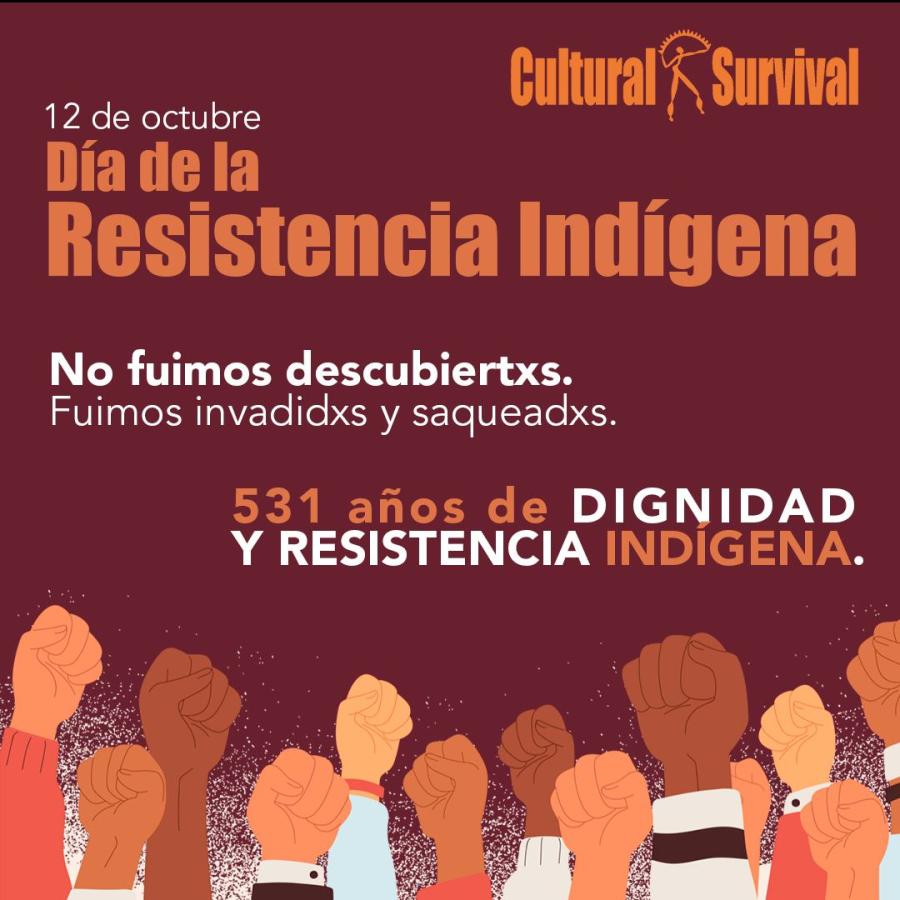
Today, March 8th is International Women's Day, first celebrated by the United Nations in 1975. Today is an opportunity to celebrate our mothers, nieces, sisters, and daughters, and all the contributions that women have made since the beginning of time. Indigenous women across the globe are the keepers of knowledge essential for the survival and sustainability of our planet.
In the spirit of the historical value of International Women’s Day, it is also important to understand the struggles Indigenous women face. In its third session report in 2004, the United Nations Permanent Forum on Indigenous Peoples Issues (UNPFII) recognized that, “Indigenous women throughout the world are among the most marginalized groups, suffering discrimination not only on the basis of gender but on the basis of race, culture, and class. The complex interaction of the combined factors of colonization, the spread of western-style capitalism, globalization, nationalism, and top-down and paternalistic approaches to development have provided a social and economic environment whereby indigenous women have suffered from the effects of poverty, the breakdown of traditional social mechanisms and institutions, violence and militarization, dislocation and migration, and the depletion (or expulsion from) their natural environments."
Gender based violence and gender discrimination is an everyday reality for many Indigenous women. A 1999 study of the Bureau of Justice Statistics found that Native American women are 2.5 times more likely to be raped or sexually violated than women in the United States in general (the violence being perpetuated mainly by non-Indigenous males). In Canada, the rate of single mother Aboriginal families is nearly double that of the general population (Aboriginal Affairs and Northern Development Canada). In the Somali region of Ethiopia, a recent survey found that the literacy rate for female pastoralists was 4.8 percent, compared to a 22.7 percent literacy rate for male pastoralists (UNPFII).
While these examples paint the gravity of the challenges Indigenous women face, it can also be said that the spirits of Indigenous women remain unbreakable. One of the many things Indigenous women have taught us is that where there is struggle, there is strength, and where there is persecution, there is endurance. While many Indigenous women have historically been deprived of their ancestral lands and environments, the UNPFII has recognized that “Indigenous women and the environment are vitally interlinked and must be incorporated into policy planning.” While Indigenous women are more likely to be robbed of their lands and languages, there are many Indigenous women like jessie little doe Baird and her language apprentices from the Wampanoag Nation of southeastern Massachusetts, who are revitalizing threatened languages. And while Indigenous women often lack political representation, there are increasing numbers of Indigenous women serving as local, regional, and national representatives as in Peru and Venezuela where Indigenous women have been elected members of their national parliaments.
The story of Gloria Ushigua and the Zápara people of the Pastaza region of the Amazon between Peru and Ecuador, illustrates both the achievements and challenges of Indigenous women. The Zápara were displaced by armed conflict in the 1940’s, now number fewer than 500. They returned to their lands in 1998. Families have reunited and are again sharing traditional knowledge and revitalizing their culture and language. Unfortunately, they are once again facing the threat of encroachment on their land, this time from multi-national oil companies. Gloria Ushiqua, leader of the organization Nacionalidad Zápara, has for decades been actively working on revitalization projects and struggling to protect her land from commercial interests. For her leadership she had received many death threats and been beaten by four men and shoved into the trunk of a car. Gloria survived and continues her work. Her story represents not only some of the starkest challenges many Indigenous women face, but also the sheer resiliency and determination embodied by all Indigenous women working for future generations. Today, on International Women’s Day 2012, let us celebrate their unwavering strength and contributions to humanity.
- Watch. Celebrate International Women's Day and U.S. Women's History Month with the Independent Television Service's online film festival featuring "extraordinary women and girls on the front lines of change around the world." Watch We Still Live Here: Âs Nutayuneân through March 31st and meet Cultural Survival's Endangered Languages Program partners at the Wôpanâak Language Reclamation Project: jessie little doe Baird and language apprentices Nitana Hicks, Tracy Kelley, and Melanie Roderick, and the Wampanoag Nation of southeastern Massachusetts.
- Watch and Listen. To commemorate International Women's Day, our Community Radio Program partners in Guatemala produced a public service announcement about this day and a video about women involved in community radio and their support for the Bill 4087 (telecommunications law legalizing community radio). (available in Spanish only)
Mujeres Indigenas para Radio Comunitaria by Lara Hidalgo from Cultural Survival on Vimeo.


